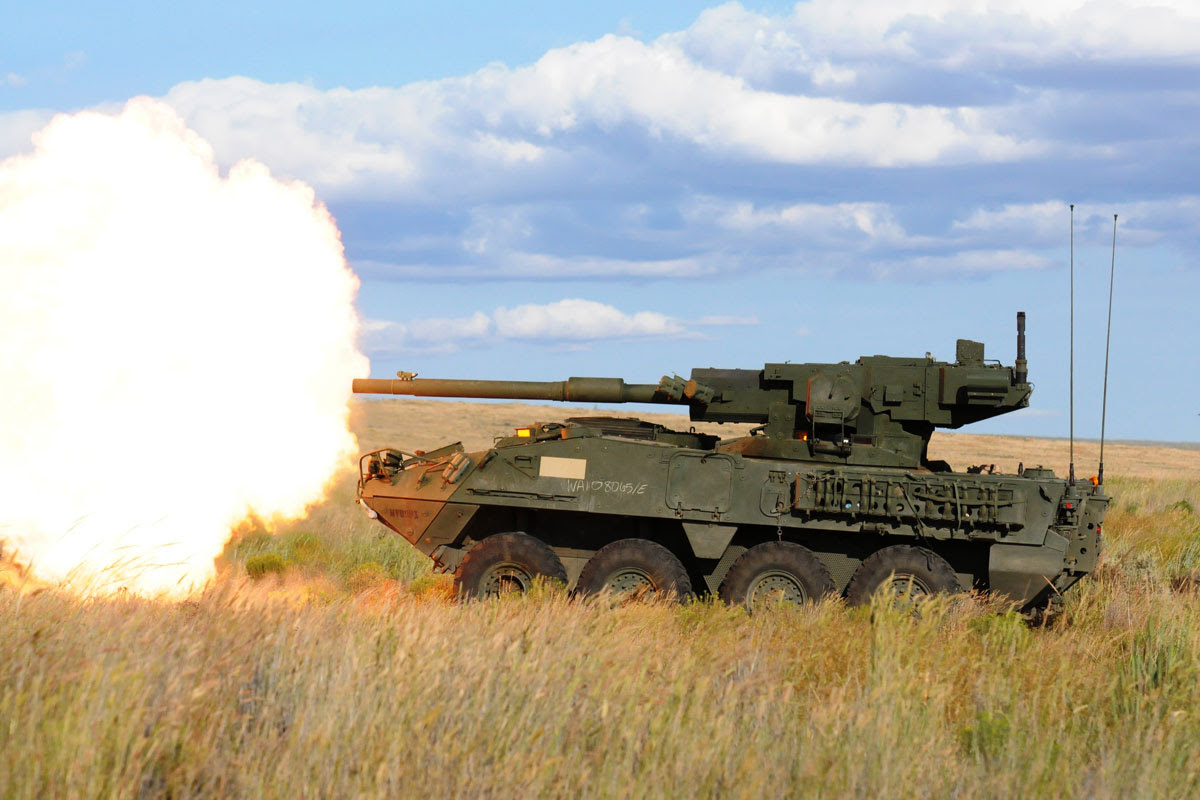A U.S. Army technology czar wants to arm the service's combat formations, from squads to brigade combat teams, with firefight-ending weapons.
"We are undertaking broad range of efforts to improve the lethality of our force," Lt. Gen. H.R. McMaster, director of Army Capabilities Integration Center and deputy commanding general of Futures at Training and Doctrine Command, told an audience at the 2015 Maneuver Conference at Fort Benning, Georgia.
During the wars in Iraq and Afghanistan, the Army emphasized armor protection over lethality and mobility, McMaster said.
"And so what we are trying to do now is ensure that every formation in our Army has the appropriate combination of mobility, protection and lethality to overmatch the enemy," he said. "We don't want 14-hour firefights. We want four-second firefights."
One of the goals of the effort is to build more lethality into the squad.
"We are weighed down; not as mobile as we want to be to conduct fire and maneuver and close contact with the enemy, so we need to lighten our kit," McMaster said. "We need to lighten what we are wearing for protection, but we also need to lighten our weapon systems and our ammunition."
This is being looked at under squad foundation of the Decisive Force Initiative.
"We also want more firepower; we want a firefight-ending capability," McMaster said, asking if anyone had served in Afghanistan's Korengal Valley, an area where some of the fiercest fighting of the war took place.
"What happened when you bump up against an enemy that had multiple RPGs? We were outgunned," McMaster said. "So how do we get that firefight-ending capability? The counter-defilade capability right now is represented by the XM25," a shoulder-fired weapon that shoots a 25mm airburst round designed to detonate over enemy hiding behind cover.
To McMaster, that high-tech weapon isn't enough.
"We want to build into the squad the ability to create smoking boots on the other end of the engagement," he said. "In general, bullets that explode are better than bullets that don't explode."
The other key part of this is combat vehicles, McMaster said.
The Army has been talking for some time now about equipping infantry brigade combat teams with mobile protected firepower platforms that can ensure freedom of movement for infantry in close contact with the enemy and can do so in forcible entry operations.
McMaster wants to make this a reality.
Another effort involves equipping cavalry squadrons a light reconnaissance vehicle with enough firepower to destroy enemy recon formations. Such a vehicle would also allow them to provide security for light infantry on an approach march in ground mobility vehicles, McMaster said.
Stryker vehicles will also get more firepower.
The plan is to equip at least every other Stryker vehicle with a 30mm cannon in addition to machine guns, McMaster said.
"We are not going to change the way a Stryker fights, but if you are going to close with the enemy over a danger area, it would be nice to have a 30mm [high-explosive] round that's exploding on the enemy's ass as you are closing on him," McMaster said.
--Matthew Cox can be reached at matthew.cox@military.com


No comments:
Post a Comment